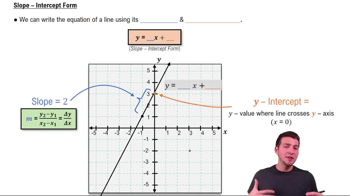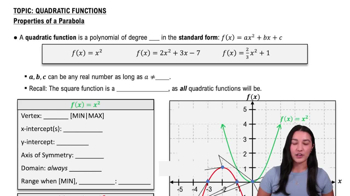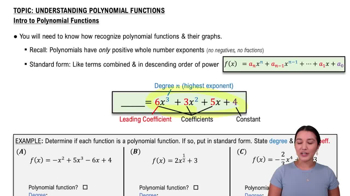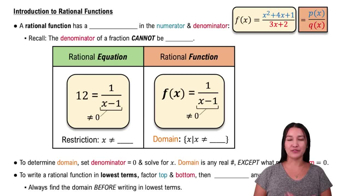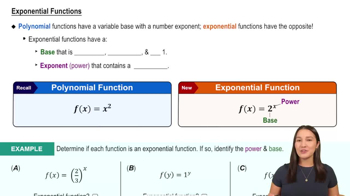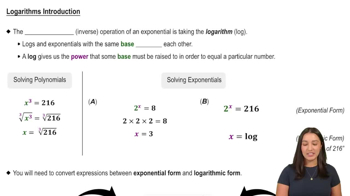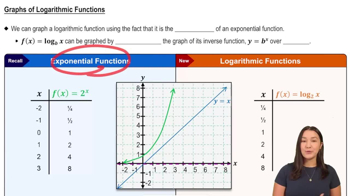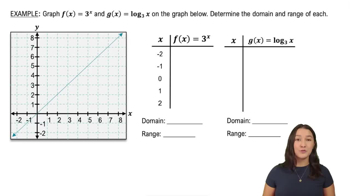Table of contents
- 0. Functions7h 52m
- Introduction to Functions16m
- Piecewise Functions10m
- Properties of Functions9m
- Common Functions1h 8m
- Transformations5m
- Combining Functions27m
- Exponent rules32m
- Exponential Functions28m
- Logarithmic Functions24m
- Properties of Logarithms34m
- Exponential & Logarithmic Equations35m
- Introduction to Trigonometric Functions38m
- Graphs of Trigonometric Functions44m
- Trigonometric Identities47m
- Inverse Trigonometric Functions48m
- 1. Limits and Continuity2h 2m
- 2. Intro to Derivatives1h 33m
- 3. Techniques of Differentiation3h 18m
- 4. Applications of Derivatives2h 38m
- 5. Graphical Applications of Derivatives6h 2m
- 6. Derivatives of Inverse, Exponential, & Logarithmic Functions2h 37m
- 7. Antiderivatives & Indefinite Integrals1h 26m
0. Functions
Common Functions
Problem 1.3.25
Textbook Question
Use analytical and/or graphical methods to determine the largest possible sets of points on which the following functions have an inverse.
{Use of Tech} f(x)=x21
 Verified step by step guidance
Verified step by step guidance1
Step 1: Understand that for a function to have an inverse, it must be one-to-one (bijective). A function is one-to-one if it passes the horizontal line test, meaning no horizontal line intersects the graph of the function more than once.
Step 2: Consider the function f(x) = \frac{1}{x^2}. Analyze its behavior: as x approaches 0 from either side, f(x) approaches infinity, and as x approaches positive or negative infinity, f(x) approaches 0.
Step 3: Note that f(x) = \frac{1}{x^2} is not one-to-one over its entire domain because for any positive y, there are two x-values (one positive and one negative) that map to y. This violates the horizontal line test.
Step 4: To find the largest possible set where f(x) has an inverse, restrict the domain to either x > 0 or x < 0. This restriction ensures that the function is one-to-one, as each y-value corresponds to exactly one x-value.
Step 5: Conclude that the largest possible sets of points on which f(x) = \frac{1}{x^2} has an inverse are the intervals (0, ∞) or (-∞, 0). On these intervals, the function is strictly decreasing or increasing, respectively, and thus one-to-one.
Recommended similar problem, with video answer:
 Verified Solution
Verified SolutionThis video solution was recommended by our tutors as helpful for the problem above
Video duration:
2mPlay a video:
Was this helpful?

 5:57m
5:57mWatch next
Master Graphs of Common Functions with a bite sized video explanation from Nick
Start learningRelated Videos
Related Practice



